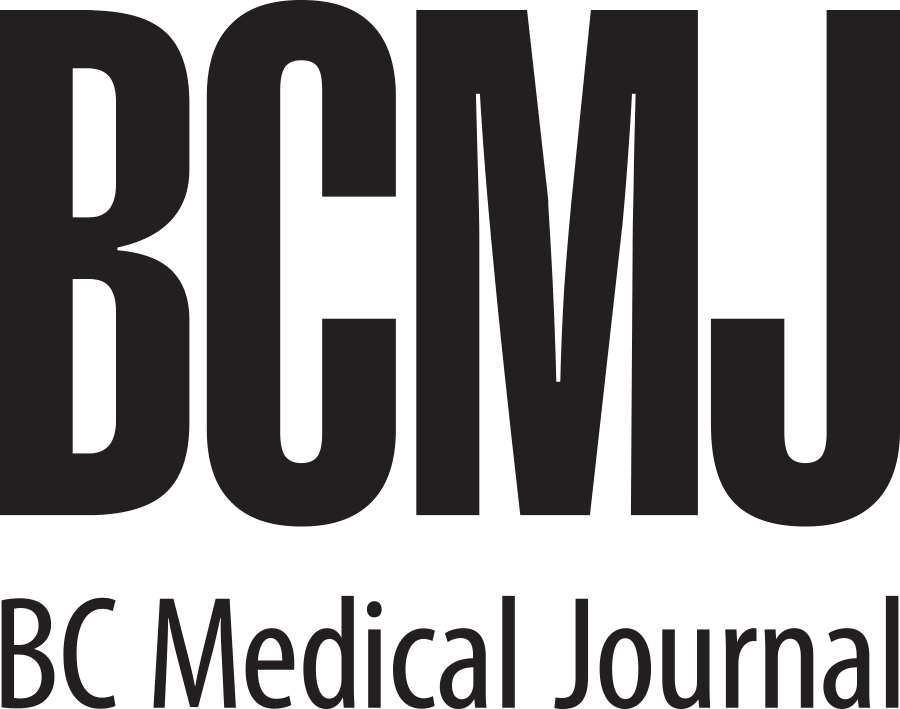Breathing easier from home: Home health monitoring at Island Health
With an aging population and a rising prevalence of chronic disease, health authorities are looking outside the box to leverage technology and existing clinical resources to provide additional care options for patients. Island Health’s Home Health Monitoring (HHM) solution is a form of remote patient monitoring currently offered for Island Health patients with heart failure or COPD. Patients can be referred through a physician, nurse, family member, or they can self-refer. Once enrolled, patients receive a tablet, blood pressure cuff, oximeter, and weight scale to use in their home. Patients are taught how to use the technology, are provided with an education session on their conditions, and have their care plan explained. The patient completes a quick questionnaire on the tablet every morning designed to assess their current state and teach the patient about their condition. The nurse monitors results Monday to Friday, works with the patient to review results, provides ongoing education and self-management coaching, and shares pertinent information with the patient’s physician and other care team members. HHM does not replace physician care; instead, it gives patients the opportunity to learn about their condition, how to self-monitor, and how to self-manage to limit exacerbations and improve quality of life.
A recent evaluation of the service used mixed methods to assess the impact of HHM on health care quality, access, and productivity. Program use, acute care use, and stakeholder feedback were analyzed. A total of 291 patients who previously participated in HHM were assessed for acute care use based on admittances specific to their monitored condition 90 days pre-HHM versus 90 days post-HHM.
Key findings
Use of HHM resulted in:
- An 81% reduction in emergency department visits.
- A 92% reduction in inpatient admissions.
- A 94% reduction in total length of stay.
Despite these positive results, an analysis of the program use found that only 4% of heart failure and COPD acute care admissions in Island Health were referred to HHM.
Previous HHM patients were invited to complete an anonymous survey. A total of 90% indicated that the equipment was easy to use, 92% indicated that they improved their knowledge of their condition, and 93% indicated satisfaction with the program (n = 72). Key informants were also interviewed from the following stakeholder groups: physicians, HHM nurses, and hospital liaisons. Much of the feedback for program improvement is already underway, including expanding to more morbidities and increasing application functionality. Positive perspectives reported by the informants include that HHM is effective and that it enables patients to be proactive about their health.
The HHM program is expanding with support and feedback from a variety of stakeholders. A diabetes protocol was added in May 2018, along with increased application functionality. Future efforts will build awareness of the program’s successes and seek referrals. The next phase of the program will be evaluated to assess whether the current benefits continue to be realized and to support continuous quality improvement.
—William Cunningham, MD, CCFP, CCFP (EM)
—Lisa Saffarek, RN, BScN
—Michelle Wright, BSc
—Jessica Sullivan, BA, MBA
